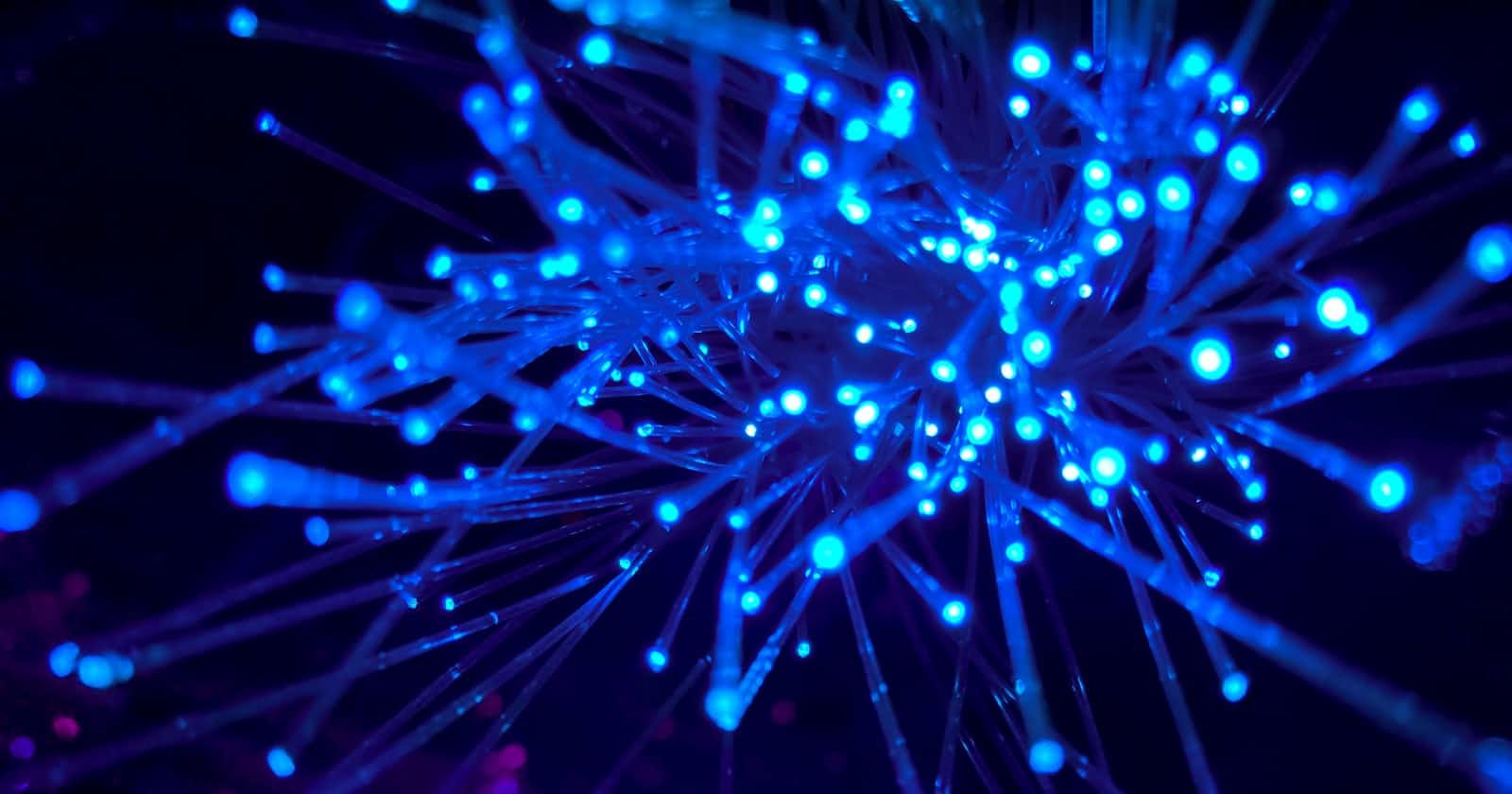Difference between Web2 and Web3
There is a buzzword on the internet now and it's "Web 3.0", but what are the major features between Web 2.0 and Web 3.0.
Before we dive into the differences between web 2.0 and web 3.0, let’s understand the various generations of the World Wide Web. The first generation was web 1.0 it was just static and read-only homepages with little or no interaction where users were consumers. While web 2.0 is a modified version of web 1.0. In this generation, data and information are user-generated. Web 2.0 websites allow users to collaborate, interact and share information in a virtual community. Example of web 2.0 features includes social media sites such as Facebook, Twitter, Instagram, video sharing sites such as Youtube, image sharing sites, web applications, and mashup applications. Web 3.0 is the evolution of web interaction and utilization it is also known as the Semantic web. In Web 3.0 blockchain technology is used as a tool for decentralization, it also leverages an advanced metadata system. The metadata system helps in structuring and arranging all types of data making it readable for humans and machines, which means machines and humans could easily find, share and analyze information in web 3.0.
Major features that distinct web 3.0 from web 2.0
Leverage on Artificial Intelligence
In web 2.0, users were involved in sorting information, granted permission to retrieve and classify the information collectively. While in web 3.0 technologies such as natural language processing, artificial neural networks, and intelligent agents distinguish information like humans to provide faster and more relevant results.
Decentralized Network
Web 2.0 is built on a centralized network this operates as a central server where one or more client nodes are directly connected. These client nodes send a request to the central server and receive responses. While web 3.0 is built on a decentralized network where client nodes make their own decision.
Improved Privacy & Security for Users
Web 2.0 which is what we have now, grants us access to information in exchange for our personal data. For example, social media companies act as a central server that censors content and restricts access to their platforms.
However, Web 3.0 offers users an experience with no censor or restrictions to access and provides users anonymity.
Web 3.0 employs advanced authorization mechanisms through distributed ledger technologies and encryption for securing user identity and data.

